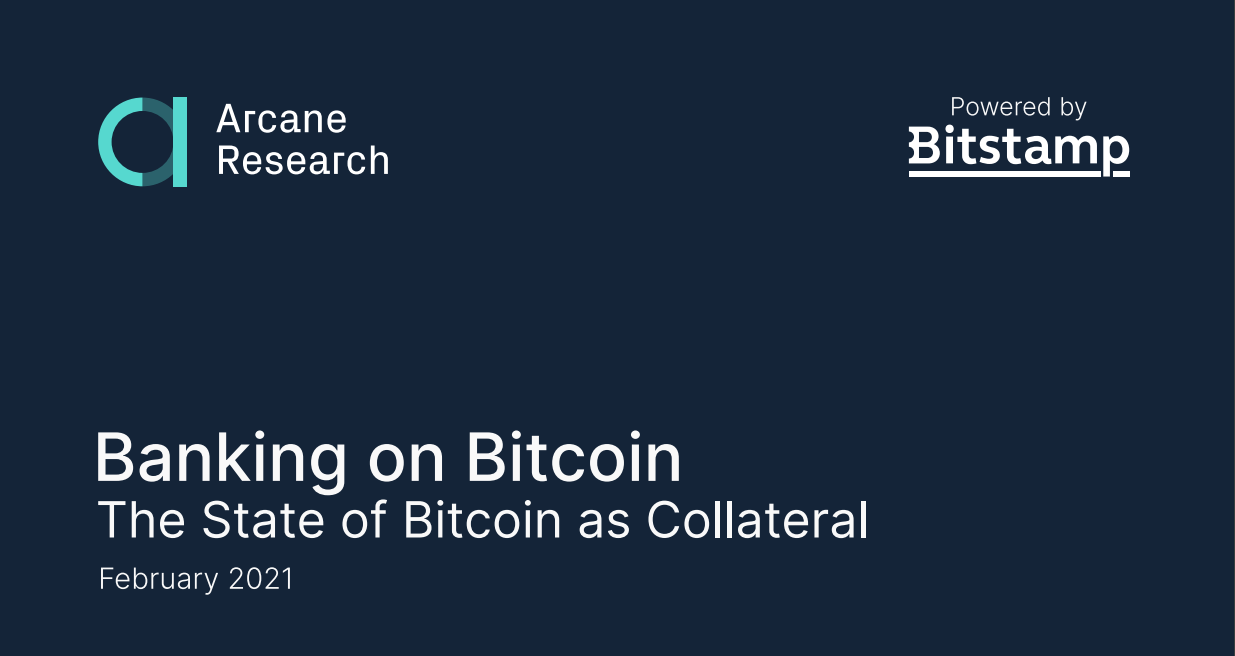Leverage up: buy more crypto
This is most likely the most common reason and a clever way professionals increase their exposure in a cryptocurrency. By locking up BTC or other cryptocurrencies, borrowers get a cash loan that is used instantly to buy more cryptocurrency. Why don't these people just go to derivatives exchanges and increase their exposure like other traders? There is one big difference: automated liquidations. Leveraged trading through lending gives a totally different liquidation process. Many derivatives exchanges have automated liquidation bots that sell your positions when the price drops below a given level. Referring back to the March crash of 2020 once again, we recall how the price crashed brutally. Many have later blamed some of this on massive liquidation cascades from BitMEX and other derivatives platforms. A dangerous situation when the liquidity in the crypto market was drying up due to the fear that was spreading across all financial markets due to the Covid-19 outbreak. Many retail traders experienced life-changing losses during the March crash. However, institutional players in the lending market did not see the same liquidation problem, according to Neil Zumwalde from CredMark:"Only 10% of institutional borrowers saw their positions getting liquidated, much lower than what was seen in other sections of the market"The structure of collateral in the lending market differs from that seen in the derivatives market. Borrowers are not always automatically liquidated and often get up to 72 hours to deposit additional collateral to save their positions. Lending companies do not have an interest in their customers getting liquidated, as their business is to provide loans. In the derivatives market, many platforms even have liquidation fees, locking in profits on traders' losses.This shows the fundamental difference between leverage in the lending market and the derivatives market, and explains why this is growing in popularity.
Arbitrage
Another widespread use case for borrowing cryptocurrency is arbitrage. The crypto market is still young and presents plenty of opportunities for traders to lock in profit from small spreads between different contracts and products. This is mostly a professional occupation, requiring large sums of money to capitalize on the small pricing differences. In these situations, it comes in handy to, for example, lock up bitcoin as collateral and borrow cash. Cash and carry arbitrage is a common strategy, where traders shorts a futures contract with a premium to the spot price, and holds the underlying asset to expiry. This will lock in a profit of the spread between the two contracts, minus the fees.Another hot topic on arbitrage lately, has been the Grayscale Trusts, where shares are available in the secondary market at a premium to the share's underlying value. The dynamics of these products are presented on our blog which explains how institutional investors buy into these in the primary market and sell their shares after a lockup period for a nice premium in the secondary market. The direct investments can be made both "in kind" or with cash. If these participants lock up BTC as collateral and borrow cash (or other cryptocurrencies), they can keep their exposure to the underlying asset and still exploit the arbitrage opportunity. Grayscale has several trusts, and the premiums on some of the smaller trusts are nothing but extraordinary.Market-making
It is of great importance that exchanges and marketplaces in crypto stay liquid, and lending companies have a crucial function to make this happen. BlockFi said in 2019 that roughly 70% of the companies participating in the crypto lending market were market makers, 25% funds, and 5% exchanges. A portion of these is most likely borrowers of stablecoins for liquidity provision elsewhere, which is collateralized by bitcoin. However, the largest portion of market makers borrow crypto assets and not stablecoins.Tax deferment and the need for fiat
Perhaps not the most common use case for loans and probably more common among retail borrowers, but some people do not want to sell their crypto holdings and trigger tax events. By borrowing cash with crypto as collateral instead of selling when fiat liquidity is needed, you can postpone this.Miners covering cost
On the more professional side of needing fiat liquidity, we find miners. This is a complicated and capital-heavy business. The regular need to cover operational costs can be covered through a loan and avoiding selling freshly minted bitcoin. BlockFi is even encouraging miners to do this and highlights several reasons to do this:- Fund mining rigs with crypto
- Pay mining electricity bills with crypto
- Pay for business expenses with crypto
